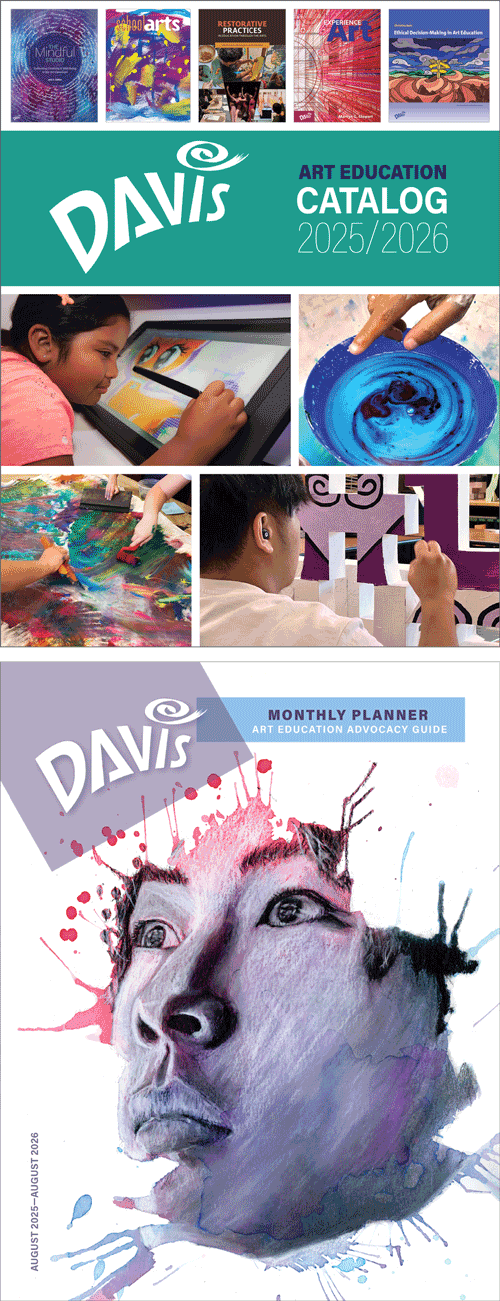Native American Heritage Month: Marcus Amerman
The Choctaw band is descended from the Mississippian culture (Mound Builders), which had villages throughout the region of the Mississippi River across the Deep South. They are thought to have be ...
Read More